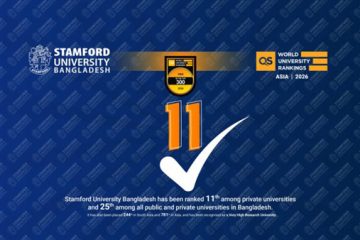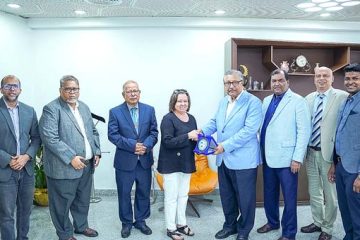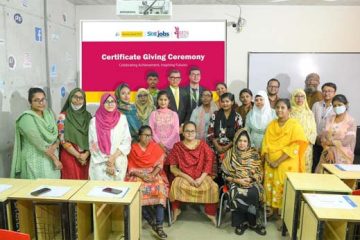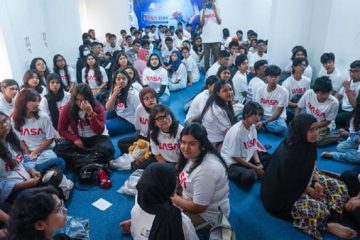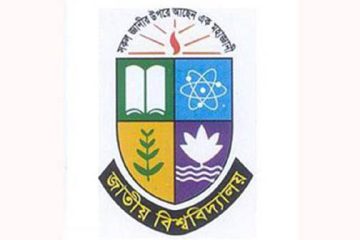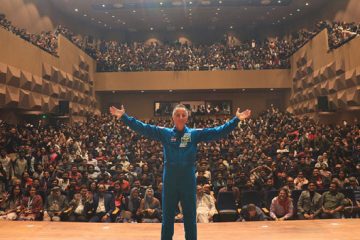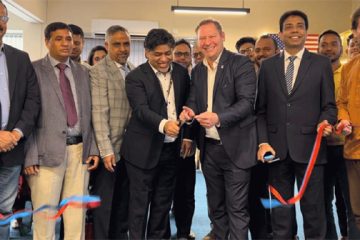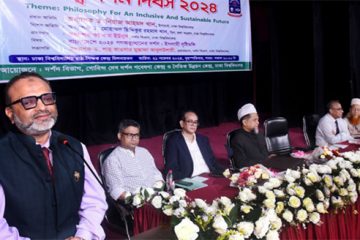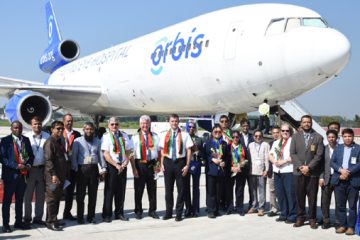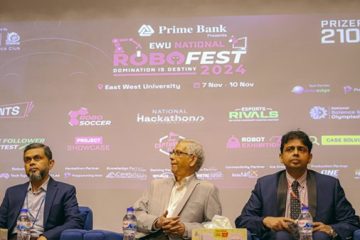The decreasing number of public buses and minibuses is failing to meet the increasing demand of Dhaka city dwellers, said experts.
On this backdrop, they added, people opted for smaller vehicles like motor cycles and cars compounding traffic congestion in the capital.The bus owners, however, said that continued loss in this sector has compelled them to take their buses off street.
A Dhaka Metropolitan Police report, submitted on January 20 to the parliamentary standing committee on home affairs, says that the total number of on-street public buses and minibuses in the capital was 5,402.
According to the Bangladesh Road Transport Authority, among the total registered motor vehicles, 38 per cent are motor cycles and 25 per cent are private passenger cars.
Registration of motor cycles increased by 317 per cent and private cars by 73 per cent while registration of buses was increased by 56 per cent and registration of minibuses was decreased by 257 per cent between 2004 and 2012.
According to the United Nations World Urbanisation Prospects report (2011 revision), Dhaka is at the ninth largest urban agglomeration in the world with a population of about 14,930,000.
According to Far Eastern Economic Review, Dhaka will become a home of 25 million people by the year 2025.
Bangladesh University of Engineering and Technology’s civil engineering department professor Mohammad Shamsul Hoque told New Age that the productivity of public buses was very low in Dhaka city.
He said that according to the Japan International Cooperation Agency on an average 21 million trips are taking place in Dhaka metropolitan area daily while public transports share only 27 per cent of total trips.
The BUET teacher said that due to lack of public transports, passengers were compelled to purchase smaller vehicles – cars and motor cycles — leading to intensified traffic congestion, environmental pollution and accidents and also cut in working-hours.
‘We should immediately implement mass transit related projects like Mass Rapid Transit and Bus Rapid Transit, otherwise the problems would get severe,’ he added.
Centre for Urban Studies, Dhaka chairman Nazrul Islam said that at present the population growth rate of DMP area was about four per cent and five per cent in Greater Dhaka (Rajuk) area.
‘With this population growth we can say that the number of existing public transports is fewer to meet the demand of city dwellers,’ he said.
‘At present, auto-rickshaw and rickshaw fares are very high. So what the common people would ride on,’ Nazrul Islam asked. End
The Dhaka Road Transport Owners’ Association general secretary, Khandakar Enayet Ullah, said that they had lost interest in this sector after incurring continuous losses.
Traffic congestion, lack of bus counters, the increasing prices of fuel and travelling of some young men on buses for discount fare claiming to be students were responsible for grave situation in transport sector, he added.
Gulistan-New Airport Minibus Owners’ Association chairman Mohammad Nasir Uddin said that ten years ago a bus could ply seven trips (up-down) on the route per day which reduced to four trips at present.
Phulbaria Terminal Bus Owners’ Association convener Mohammad Abul Mansur Bulbul said that they were pulling out their buses and minibuses from city roads due to violence during political programmes.
-With New Age input

